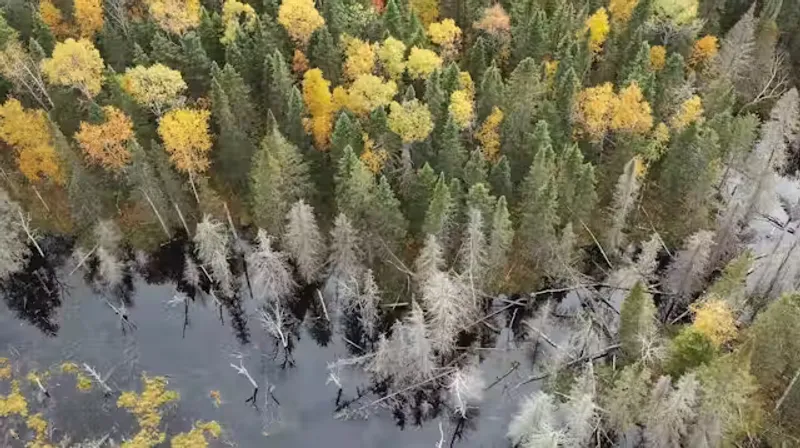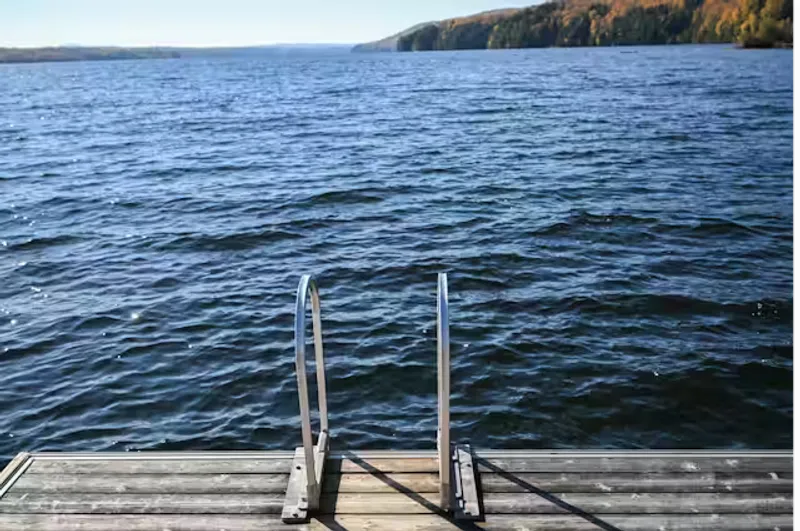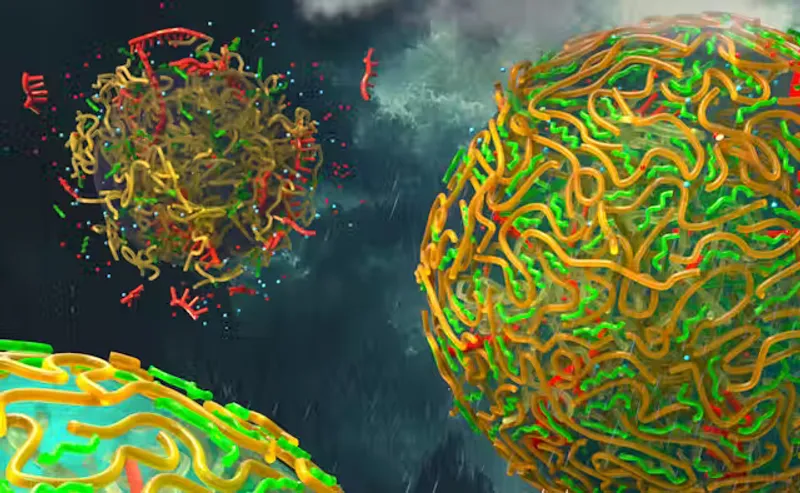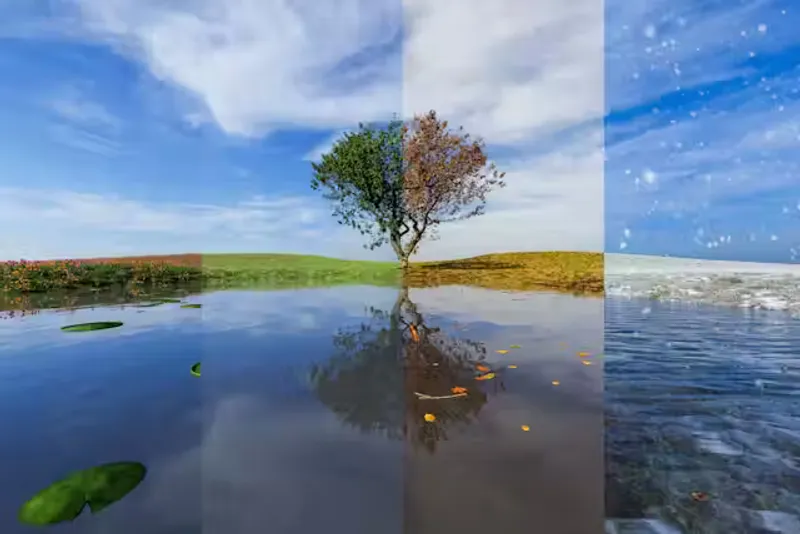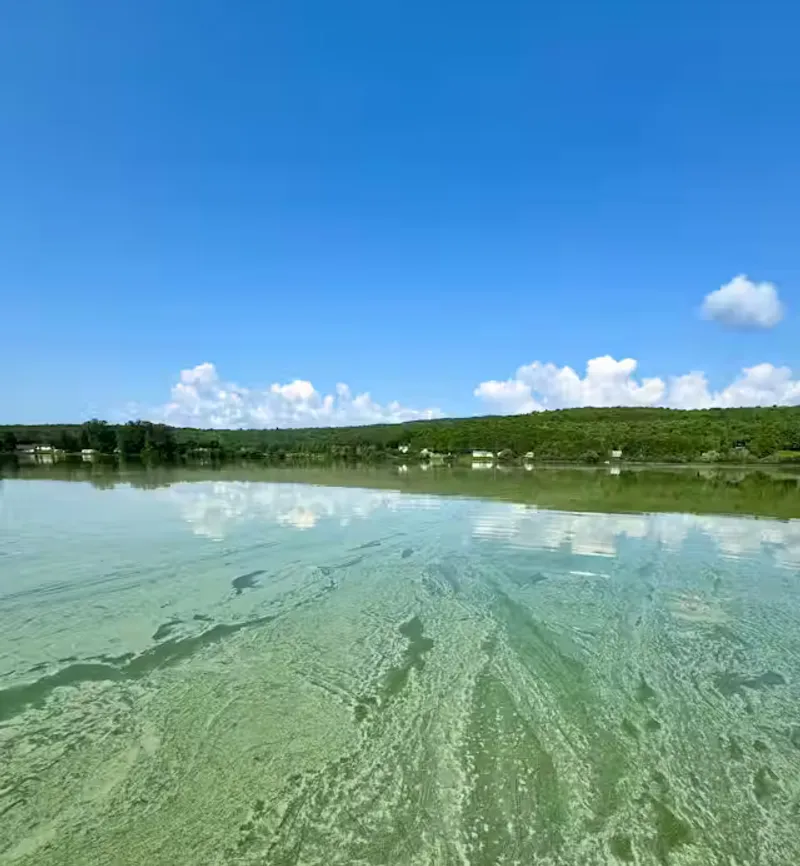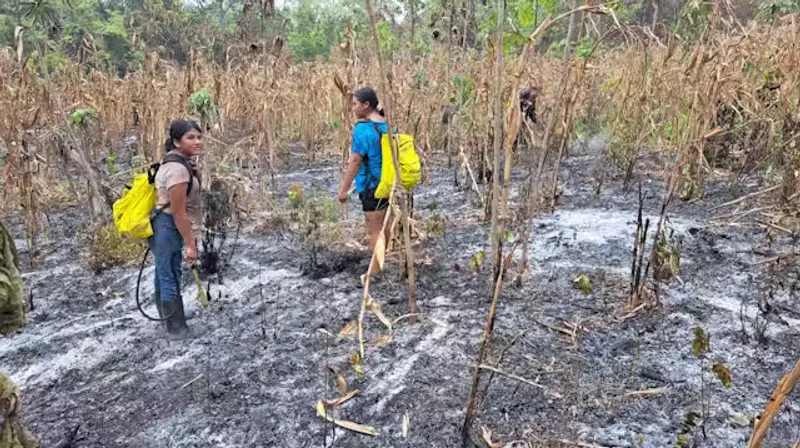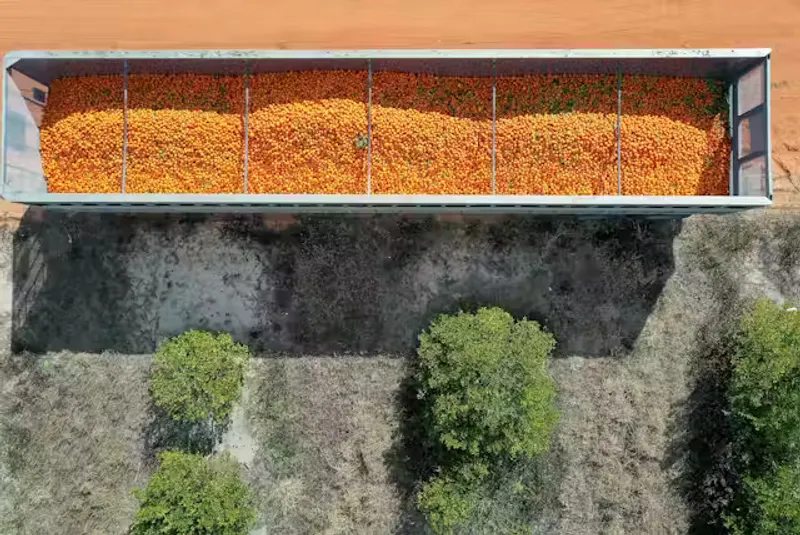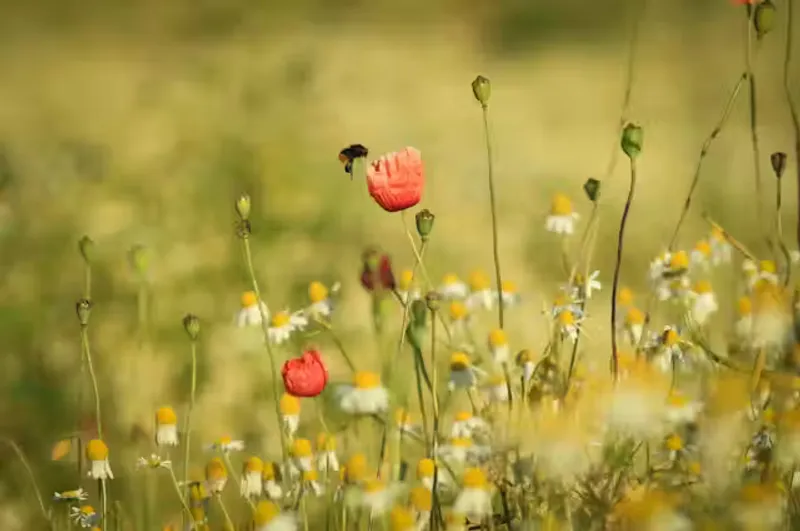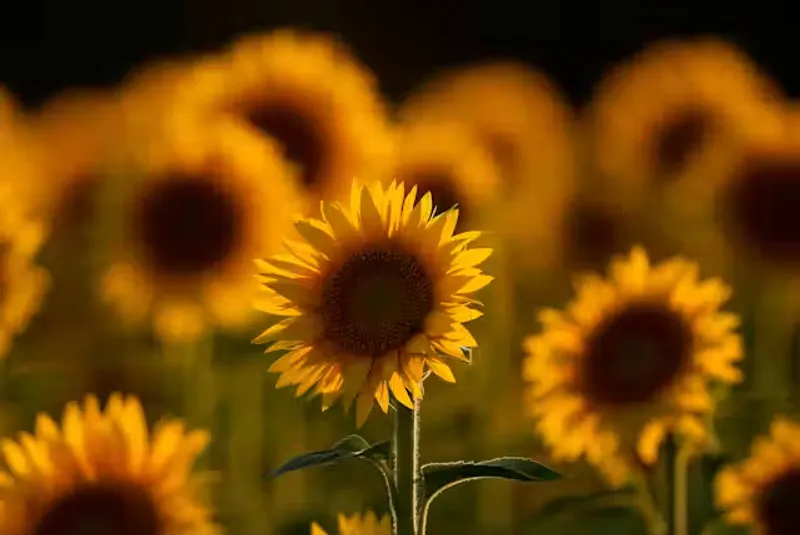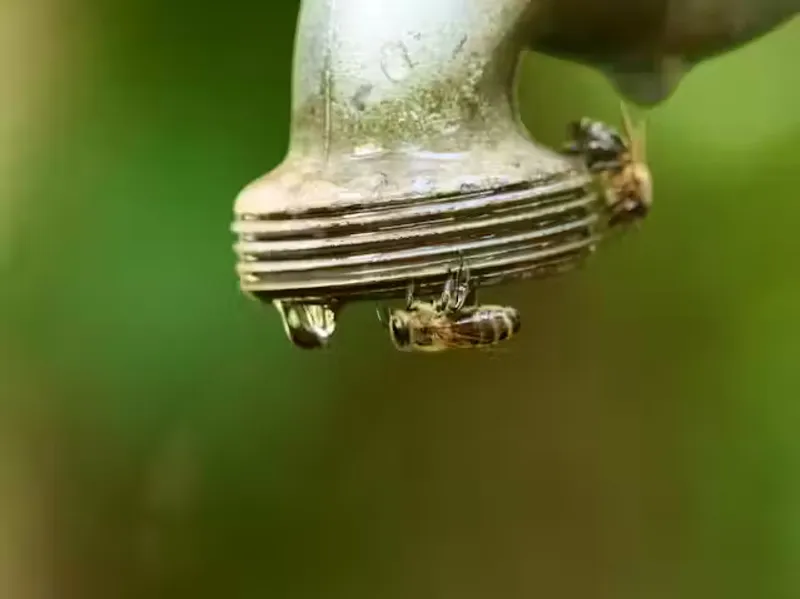Charles Marty, Université du Québec à Chicoutimi (UQAC)
The autumn has arrived and northeastern North America’s forests will soon grace us with a breathtaking palette of reds, yellows and golds. These vivid colours will then fade, giving way to bare branches, as the fallen leaves blanket the forest floor, thereby returning their nutrients to the soil. The spectacle is not as impressive a few degrees farther north, where deciduous trees give way to conifers, which keep their dark green needles through the winter.
These contrasting landscapes are familiar to all of us but have you ever wondered why some tree species shed their leaves in autumn, whereas others don’t, remaining green throughout the year? Why do these two leaf habits co-exist? Do they reflect an adaptation to their environment? These questions have intrigued ecologists for a long time, but it’s only in the past decades that a clear conceptual and theoretical framework has emerged allowing a better understanding of the ecological significance of this trait.
I am a forest ecologist working at Carbone boréal, a research project of the Université du Québec à Chicoutimi in Canada. Our team studies the role of the boreal forest in the global carbon cycle and the best management practices to mitigate climate change.
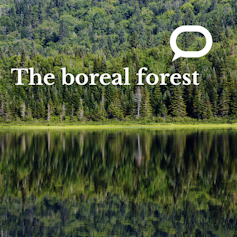
</figcaption>
</figure>This article is part of La Conversation Canada’s series The boreal forest: A thousand secrets, a thousand dangers. La Conversation Canada invites you to take a virtual walk in the heart of the boreal forest. In this series, our experts focus on management and sustainable development issues, natural disturbances, the ecology of terrestrial wildlife and aquatic ecosystems, northern agriculture and the cultural and economic importance of the boreal forest for Indigenous peoples. We hope you have a pleasant — and informative — walk through the forest!
Different leaf habits for different habitats
Evergreen tree species are those bearing leaves throughout the year. In Canada, the most common evergreen trees are pines, firs and spruces. In contrast, deciduous tree species like maples, aspens and birches have a bare canopy for a period of the year.
At our latitudes, deciduous trees shed their leaves in the fall to avoid the cold winter, but in other regions of the world, such as in the Mediterranean biome, some deciduous species shed their leaves at the beginning of the summer, a way to avoid water stress. Typically, leaf longevity of deciduous species is only a few months whereas that of evergreen species is longer than a year, which allows the coexistence on the canopy of several cohorts. Black spruce’s needles can for instance remain on branches for more than 20 years.
It is thought that the first plants that colonized lands about 400 million years ago were evergreens, and that leaf abscission evolved later under the influence of seasonal and biotic factors, especially in regions characterized by a strong seasonality. Today, evergreen trees are the most abundant in the tropics where there is little seasonality, and in the boreal forest, where, in contrast, the seasons are highly pronounced.
Isn’t it paradoxical?
The explanation for this bimodal distribution of “evergreenness” can be understood through an economical perspective, in which carbon is the main currency.
The carbon economics of plants
All trees, whether deciduous or evergreen, rely on leaves to capture carbon in the form of carbon dioxide (CO2) from the atmosphere through photosynthesis. As carbon is required in large amounts for growth and reproduction, leaves play a major role in plant survival in their respective habitats.
Therefore, trees have evolved leaves of different shapes and structures for capturing carbon as efficiently as possible according to local conditions. For instance, conifers have thick needle-shape leaves whereas deciduous trees like maples have thin and flat leaves.
The cost of building leaves varies widely depending on the type of leaves. For a given surface, let’s say 1 cm2, thick leaves are heavier and thus more “expensive” to build than thin leaves. Consequently, thick leaves need to live longer to “pay back” the carbon invested for their construction. In contrast, thinner — and therefore “cheaper” — leaves can capture enough carbon during the growing season to pay back the initial investment, and be free to fall.
This carbon economy paradigm is supported by the strong observed correlation worldwide between the leaf mass per area and leaf longevity. One question comes to mind though. While it is totally sensical that thick leaves must live longer to payback their high carbon cost, why don’t thin leaves live longer to maximize CO2 acquisition?
The short answer is that thin leaves are more vulnerable to damage from herbivores, frost, drought, and wind. Thicker, more durable leaves are better protected against these hazards, but they cost more carbon to produce.
Plant strategies behind leaf habits
In the past decades, scientists have found that leaf longevity is the cornerstone of two distinct strategies for plants: slow-return on investment strategy (or conservative strategy) versus fast-return on investment strategy (or acquisitive strategy).
Evergreen and deciduous species are the extreme ends of a leaf economic spectrum. The leaves of evergreen species acquire carbon over the long term and improve nutrient conservation, whereas short-lived leaves favour rapid carbon acquisition.
These two strategies are the results of trade-offs, whereby two or more traits or functions cannot be optimized simultaneously. Maximizing one function comes at the expense of another.
The distribution of leaf habits
The distribution of evergreen and deciduous species across the globe can be explained by the success of these two strategies depending on the environmental conditions.
In environments where resources like sunlight, water, and nutrients are plentiful, deciduous species generally outcompete evergreen species. Building thin leaves offers the advantage of creating a larger surface area for a given amount of biomass, which can collect a larger amount of solar energy, a resource that is necessary for carbon absorption. In these conditions, deciduous trees thrive, growing quickly and shedding their leaves once the growing season ends.
In harsher environments, where nutrients are scarce and the growing season is short, being evergreen provides several advantages.
First, shedding leaves every year is costly both in carbon and in nutrients. Keeping leaves longer reduces nutrient annual losses to the soil and increases the mean residence time of these nutrients in the plant.
Second, their strategy of keeping leaves longer also allows them to capture carbon early in the spring as soon as conditions are favorable. Meanwhile deciduous trees need time to grow new leaves, which will be able to absorb carbon only after a few weeks, putting them at a disadvantage.
While the carbon economy of plants can alone explain the dominance of evergreens in both the equatorial and the boreal zones, evergreens and deciduous often coexist in various ecosystems because both strategies are efficient enough to ensure the survival of the populations.
In ecology, as always, nothing is straightforward; plant communities are shaped by a multitude of known and hidden variables interacting with one another, making it a challenging task to explain or predict their composition.
Charles Marty, Adjunct professor, Carbone boréal, Université du Québec à Chicoutimi (UQAC)
This article is republished from The Conversation under a Creative Commons license. Read the original article.
